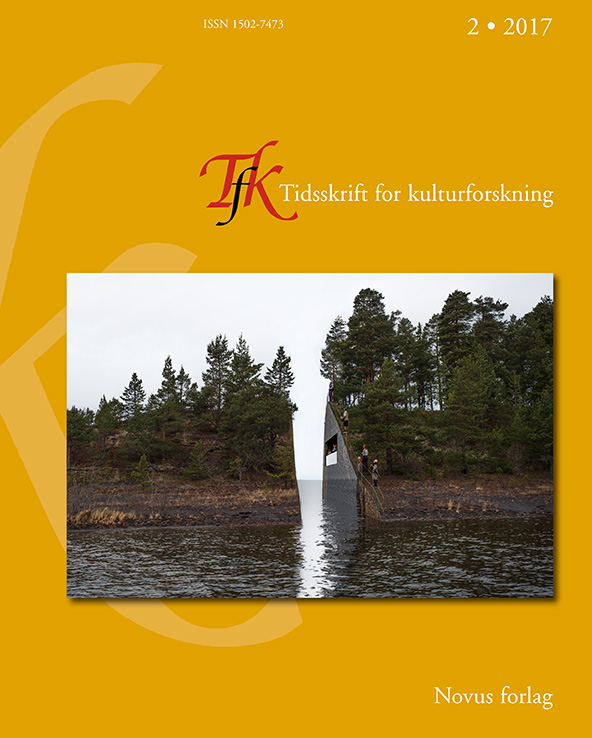Sammendrag
The article is an investigation of the national memorial process after the bombing of the Norwegian government center and the killings at Utøya July 22, 2011. It presents the different stages of the process, starting with the early exchange of ideas in autumn 2011, proceeding through the main phases of the official memorial process, and ending with the heated debate following the announcement in February 2014 of the winning design for two national memorial sites. Analyzing the communication of ideas, proposals and plans for the memorials in documents received and produced by ministries and state agencies, the article identifies patterns, tensions and changes in the ways the events of July 22 are told. The analysis reveals how two different and partly divergent narratives of a collective memory gained strength during the process: one identified as an early established progressive narrative, the other as a tragic narrative, most clearly expressed in the winning design Memory Wound by Swedish artist Jonas Dahlberg. The distance between these two main narratives and their discord with a multitude of individual memories, help explain the growing tensions between the different actors in the process. Attention to the narrative frames of the interpretation and telling of July 22 also, more generally, provides insight into the forming of cultural memories and traumas.
Forfattere beholder opphavsretten og gir tidsskriftet rett til første publisering av arbeidet. En Creative Commons-lisens (CC BY-SA 4.0) gir samtidig andre rett til å dele arbeidet med henvisning til arbeidets forfatter og at det først ble publisert i dette tidsskriftet.

